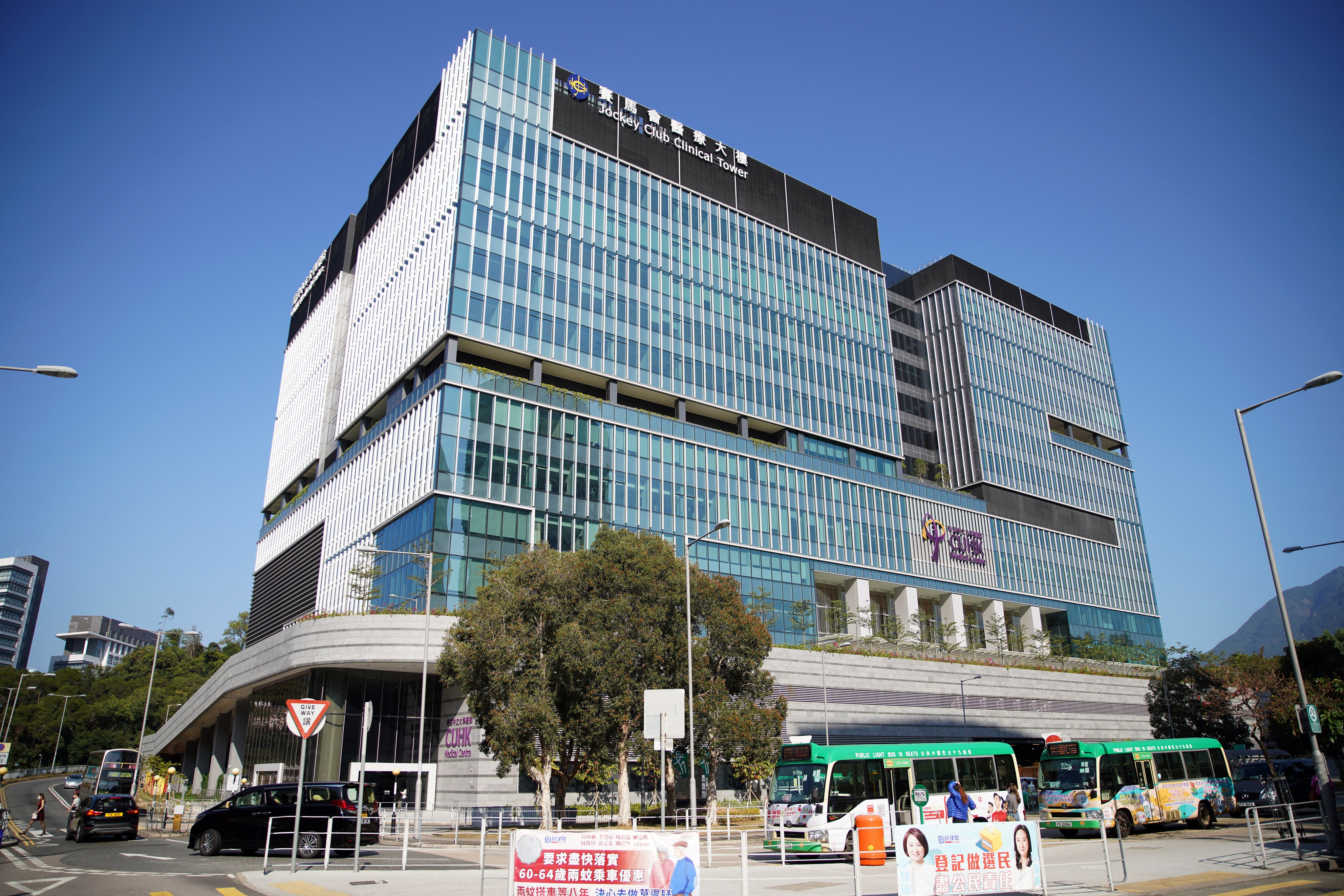
The debt-ridden Chinese University of Hong Kong Medical Centre (CUHKMC) cut the prices of more than 1,000 service items, or around one-fifth of those available, this month to help attract more patients.
The private hospital said on Monday that the price cuts ranged from 2 per cent to “double digits”, but declined to reveal the full percentage range, instead noting the move covered highly used services such as urology, ophthalmology, endoscopy, radiology and pathology.
The move is part of the first phase of the hospital’s service assessment.
“We at CUHKMC hope to be a business with conscience when it comes to pricing, and so everyone can trust us,” said Dr Chung Kin-lai, who took over as the hospital’s CEO in August.
“We hope the public will trust us as a reliable hospital. Our fees and charges are not excessive.”
Chung said he had received negative reviews that called the hospital’s prices very expensive and unreasonable in certain cases, while some complained of “surprise bills”.
He said that prices should be reasonable and transparent, given that most of its funding came from government loans, the university and donations from the Hong Kong Jockey Club.
“The whole price adjustment aims to [get the prices] closer to the market level, and improve our services,” said Mandy Ma Hoi-wan, the hospital’s chief financial officer designate.
“We believe that if our services and prices become more reasonable, our patient volume will increase.”
The non-profit, private teaching institution, which is fully owned by the university and started operating in 2021, owed the government HK$4 billion (US$514 million) in loan repayments as of February this year.
It earlier requested a delay for the repayment date, shifting it from 2023 to 2028.
The hospital reviewed 1,358 service items, with 74.4 per cent, or 1,011, undergoing price cuts. Another 324 had their prices frozen, and 13 had undergone price increases.
The price cuts so far account for about 20 per cent of the hospital’s 5,000 to 6,000 service items.
Chung said the objectives of the price review were to offer more treatment options, enhance service flexibility, lower prices and improve charging mechanisms.
He said among the services to undergo significant price cuts were vaccination services, which were marked up but did not correspond with market changes.
Vaccination services that saw price cuts included the nine-in-one HPV jab and those for shingles and respiratory syncytial virus.
For operating theatres, the time that would incur additional charges was pushed back from 6pm to 10pm, a move said to be on par with market practice.
Meanwhile, the price for a gastroscopy procedure, which included one sample bottle of biopsy, was cut from HK$13,700 to HK$13,100.
The cost of one specific urological procedure went from HK$63,810 to HK$79,900 – a 25 per cent increase.
The second phase of the price adjustment will launch next month, covering services for breast surgery, gynaecology, orthopaedics and chemotherapy, with more details to be revealed later.
Ma said the hospital would decide whether to adjust prices for more items based on the public response to the first two phases.
Chung pledged the hospital would offer more reasonable prices, with staff to proactively check bills.
He also promised that he would personally handle all complaints related to prices.
While the hospital’s financial health was still a subject of concern, Chung said the medical centre was controlling costs by streamlining manpower at the management level.
He expected the move would help the hospital save more than HK$20 million annually.
The hospital’s income has been steadily increasing, a positive sign amid the difficulties faced by the private healthcare market and the wider economy, Chung said.
Original source: cn